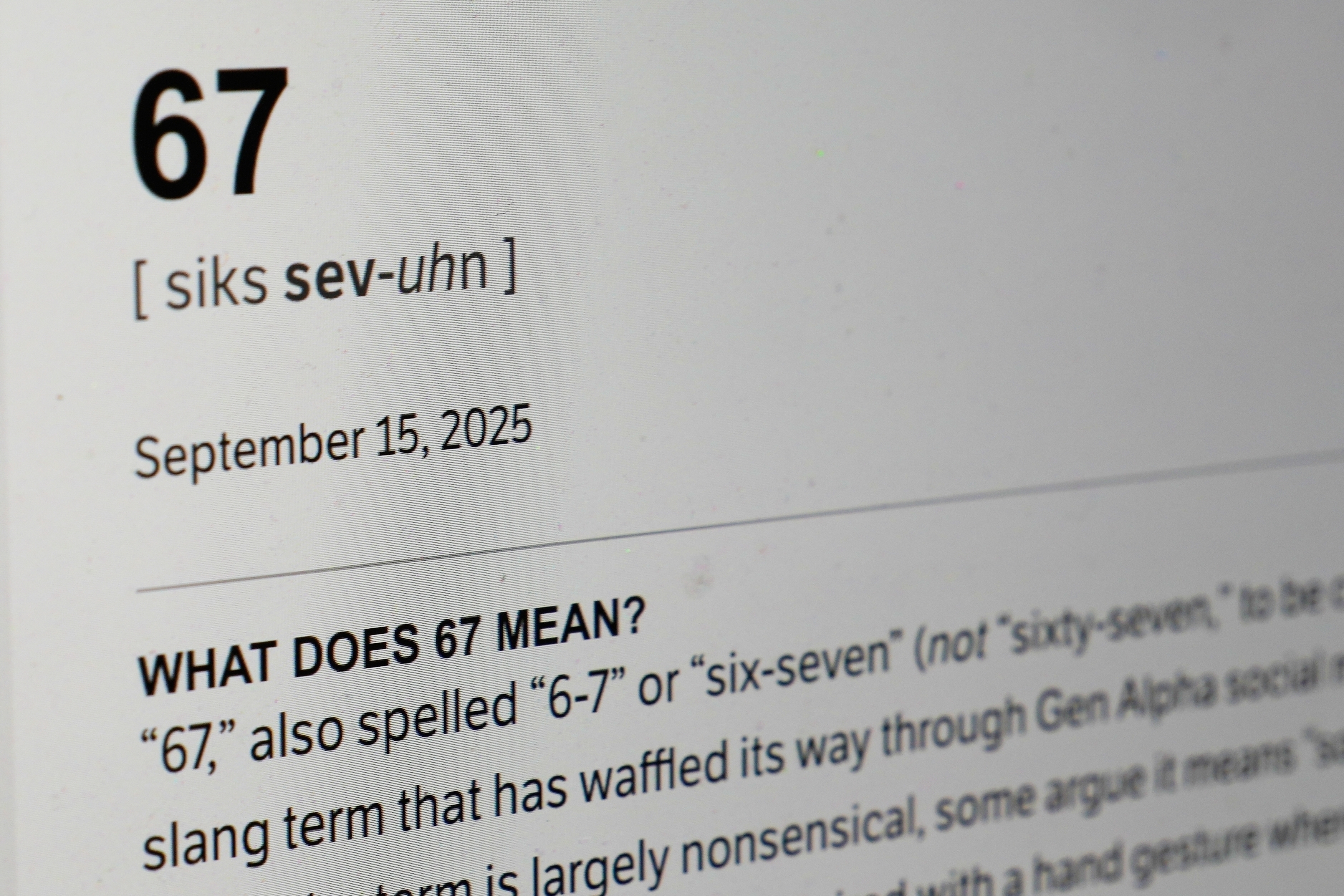The Biden administration says it will deploy $400 million to make buildings nationwide more efficient and more resilient in the face of a changing climate.
A major goal of the fund is to get more buildings to adopt modern, updated energy codes. Homes built to today's codes and standards, for example, can be close to 40% more efficient than those built 15 years ago.
$240 million is earmarked to get residential and commercial spaces up to new codes. Another $160 million will be available to help residential homes toward net zero status, where they produce as much energy through sources like solar panels as they consume every year.
The administration will work with state and local governments to oversee the update work. States that want to use the funds will have to opt-in with the Energy Department by November of this year.
The money is part of the Inflation Reduction Act, which is meant to boost investment and jobs in the clean energy space, reduce costs for consumers, and protect infrastructure from the effects of climate change.

Biden celebrates 1 year of the Inflation Reduction Act
The White House said it's the largest investment in clean energy and climate action, though some economists say it's done little to tame inflation.
Officials say this earmark is about making the grid infrastructure we already have do more for us.
"A transition to a clean energy economy is about more than adding clean energy to the electric grid; we also need to revitalize, and fortify, the infrastructure we have now," said U.S. Secretary of Energy Jennifer Granholm.
The Department of Energy says on average, if all 50 states got on board with updates, enough energy could be saved each year to power all U.S. households for more than a week. Over the course of 30 years, the reduction in CO2 emissions would be like taking more than 400 million cars off the road.
$400 million invested now could translate to $178 billion in consumer savings on energy costs over 30 years, or close to $6 billion annually.









